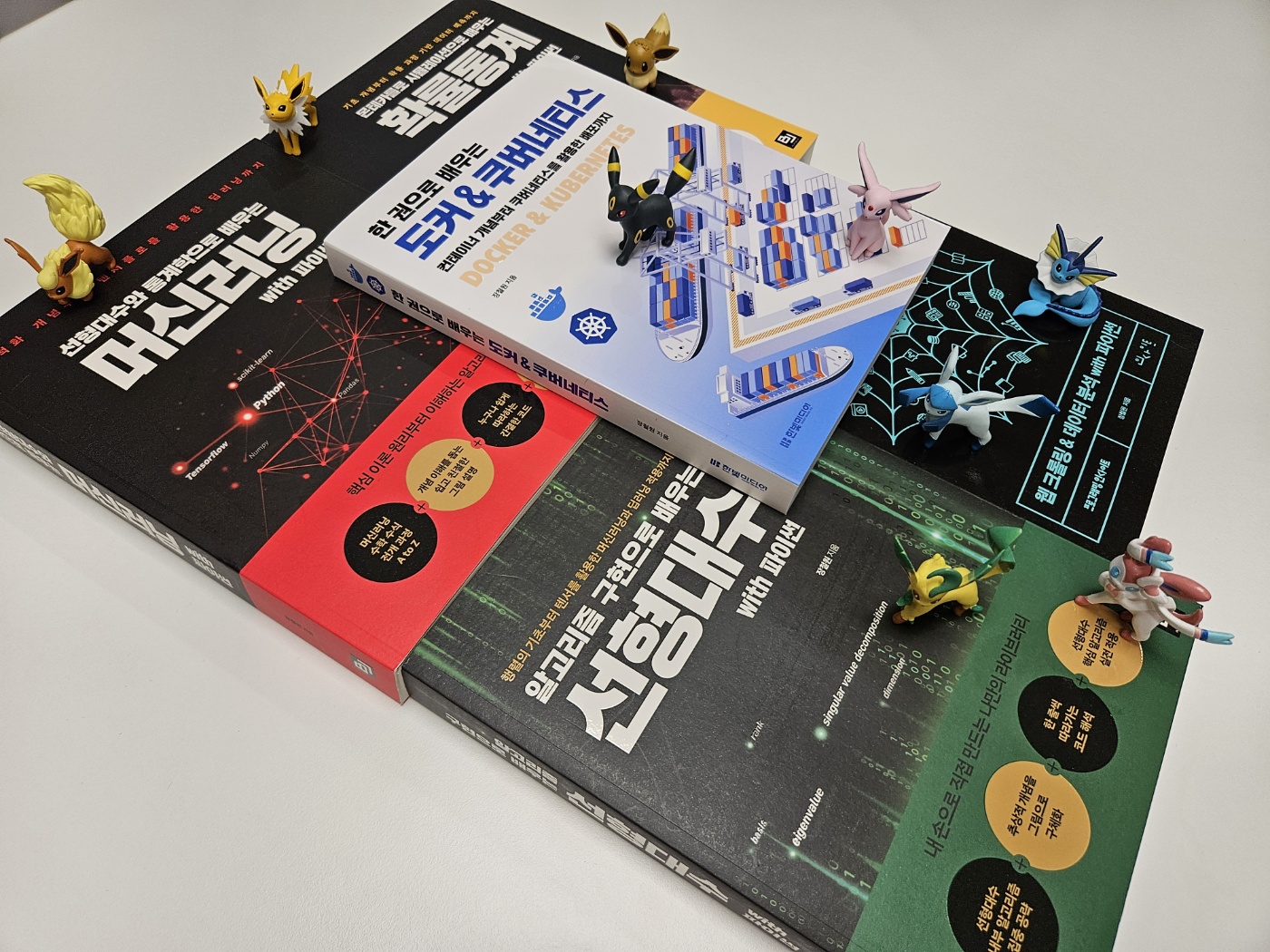텐서플로 튜토리얼(1)-기본 이미지 분류
업데이트:
텐서플로 튜토리얼(1)-기본 이미지 분류
참고링크
본 포스팅은 텐서플로 튜토리얼과 동일한 내용입니다.
import 라이브러리
from __future__ import absolute_import, division, print_function, unicode_literals, unicode_literals
# tensorflow와 tf.keras를 임포트합니다
import tensorflow as tf
from tensorflow import keras
import numpy as np
import matplotlib.pyplot as plt
print(tf.__version__)
2.0.0
전체 데이터 모양

train, test 분리
fashion_mnist = keras.datasets.fashion_mnist
(train_images, train_labels), (test_images, test_labels) = fashion_mnist.load_data()
Downloading data from https://storage.googleapis.com/tensorflow/tf-keras-datasets/train-labels-idx1-ubyte.gz
32768/29515 [=================================] - 0s 3us/step
Downloading data from https://storage.googleapis.com/tensorflow/tf-keras-datasets/train-images-idx3-ubyte.gz
26427392/26421880 [==============================] - 10s 0us/step
Downloading data from https://storage.googleapis.com/tensorflow/tf-keras-datasets/t10k-labels-idx1-ubyte.gz
8192/5148 [===============================================] - 0s 0us/step
Downloading data from https://storage.googleapis.com/tensorflow/tf-keras-datasets/t10k-images-idx3-ubyte.gz
4423680/4422102 [==============================] - 1s 0us/step
데이터 확인
class_names = ['T-shirt/top', 'Trouser', 'Pullover', 'Dress', 'Coat',
'Sandal', 'Shirt', 'Sneaker', 'Bag', 'Ankle boot']
아래 결과는 train 데이터는 28x28 이미지가 60,000장 이라는 뜻입니다.
train_images.shape
(60000, 28, 28)
len(train_labels)
60000
train_labels
array([9, 0, 0, ..., 3, 0, 5], dtype=uint8)
test_images.shape
(10000, 28, 28)
len(test_labels)
10000
plt.figure()
plt.imshow(train_images[0])
plt.colorbar()
plt.grid(False)
plt.show()

train_images = train_images / 255.0
test_images = test_images / 255.0
plt.figure(figsize=(10,10))
for i in range(25):
plt.subplot(5,5,i+1)
plt.xticks([])
plt.yticks([])
plt.grid(False)
plt.imshow(train_images[i], cmap=plt.cm.binary)
plt.xlabel(class_names[train_labels[i]])
plt.show()

model = keras.Sequential([
keras.layers.Flatten(input_shape=(28, 28)),
keras.layers.Dense(128, activation='relu'),
keras.layers.Dense(10, activation='softmax')
])
model.compile(optimizer='adam',
loss='sparse_categorical_crossentropy',
metrics=['accuracy'])
model.fit(train_images, train_labels, epochs=5)
Train on 60000 samples
Epoch 1/5
60000/60000 [==============================] - 6s 99us/sample - loss: 0.4996 - accuracy: 0.8248
Epoch 2/5
60000/60000 [==============================] - 5s 82us/sample - loss: 0.3755 - accuracy: 0.8634
Epoch 3/5
60000/60000 [==============================] - 5s 80us/sample - loss: 0.3367 - accuracy: 0.8780
Epoch 4/5
60000/60000 [==============================] - 5s 75us/sample - loss: 0.3125 - accuracy: 0.8856
Epoch 5/5
60000/60000 [==============================] - 5s 82us/sample - loss: 0.2943 - accuracy: 0.8913
test_loss, test_acc = model.evaluate(test_images, test_labels, verbose=2)
print('\n테스트 정확도:', test_acc)
10000/1 - 1s - loss: 0.2947 - accuracy: 0.8728
테스트 정확도: 0.8728
predictions = model.predict(test_images)
predictions[0]
array([1.6788504e-06, 5.5685239e-09, 8.1212349e-08, 1.3833268e-08,
1.4137331e-07, 2.8559810e-02, 9.8572048e-07, 2.8257709e-02,
3.2442263e-06, 9.4317627e-01], dtype=float32)
np.argmax(predictions[0])
9
test_labels[0]
9
def plot_image(i, predictions_array, true_label, img):
predictions_array, true_label, img = predictions_array[i], true_label[i], img[i]
plt.grid(False)
plt.xticks([])
plt.yticks([])
plt.imshow(img, cmap=plt.cm.binary)
predicted_label = np.argmax(predictions_array)
if predicted_label == true_label:
color = 'blue'
else:
color = 'red'
plt.xlabel("{} {:2.0f}% ({})".format(class_names[predicted_label],
100*np.max(predictions_array),
class_names[true_label]),
color=color)
def plot_value_array(i, predictions_array, true_label):
predictions_array, true_label = predictions_array[i], true_label[i]
plt.grid(False)
plt.xticks([])
plt.yticks([])
thisplot = plt.bar(range(10), predictions_array, color="#777777")
plt.ylim([0, 1])
predicted_label = np.argmax(predictions_array)
thisplot[predicted_label].set_color('red')
thisplot[true_label].set_color('blue')
i = 0
plt.figure(figsize=(6,3))
plt.subplot(1,2,1)
plot_image(i, predictions, test_labels, test_images)
plt.subplot(1,2,2)
plot_value_array(i, predictions, test_labels)
plt.show()

i = 12
plt.figure(figsize=(6,3))
plt.subplot(1,2,1)
plot_image(i, predictions, test_labels, test_images)
plt.subplot(1,2,2)
plot_value_array(i, predictions, test_labels)
plt.show()

# 처음 X 개의 테스트 이미지와 예측 레이블, 진짜 레이블을 출력합니다
# 올바른 예측은 파랑색으로 잘못된 예측은 빨강색으로 나타냅니다
num_rows = 5
num_cols = 3
num_images = num_rows*num_cols
plt.figure(figsize=(2*2*num_cols, 2*num_rows))
for i in range(num_images):
plt.subplot(num_rows, 2*num_cols, 2*i+1)
plot_image(i, predictions, test_labels, test_images)
plt.subplot(num_rows, 2*num_cols, 2*i+2)
plot_value_array(i, predictions, test_labels)
plt.show()

# 테스트 세트에서 이미지 하나를 선택합니다
img = test_images[0]
print(img.shape)
(28, 28)
# 이미지 하나만 사용할 때도 배치에 추가합니다
img = (np.expand_dims(img,0))
print(img.shape)
(1, 28, 28)
predictions_single = model.predict(img)
print(predictions_single)
[[1.6788470e-06 5.5685234e-09 8.1212491e-08 1.3833266e-08 1.4137342e-07
2.8559841e-02 9.8571843e-07 2.8257780e-02 3.2442322e-06 9.4317615e-01]]
plot_value_array(0, predictions_single, test_labels)
_ = plt.xticks(range(10), class_names, rotation=45)

np.argmax(predictions_single[0])
9


